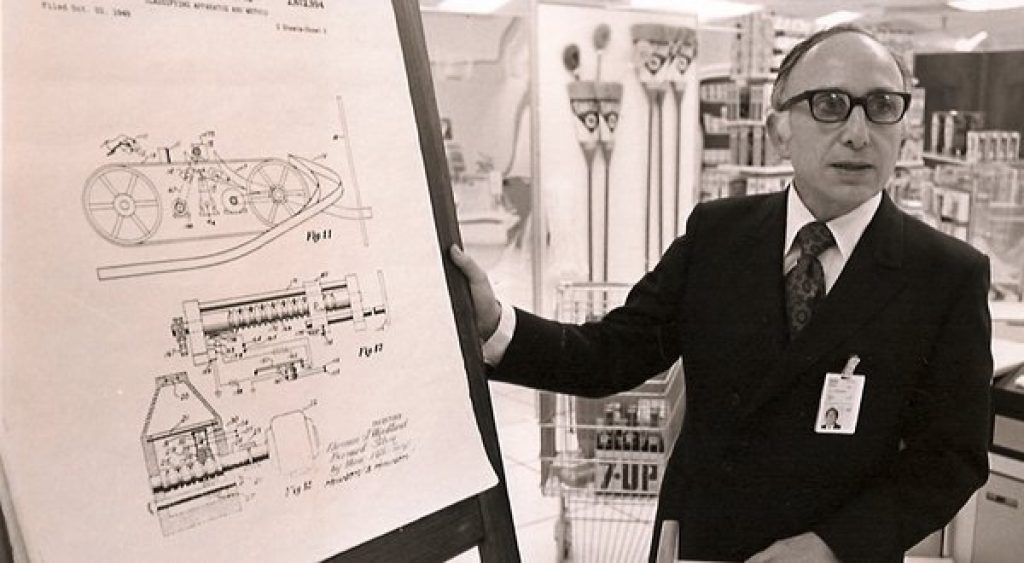Late last month, I shared the news of the death of Bryce Bayer, an Eastman Kodak scientist whose filter array breakthrough nearly 40 years ago is now in widespread use, enabling inherently monochrome CCDs and CMOS image sensors to capture full-spectrum color information. Unfortunately, today I'm passing along a writeup on the passing, this past Sunday, of N. Joseph Woodland, another and even earlier imaging innovator who was the co-inventor of the barcode (i.e. U.P.C.). From the coverage in the New York Times:
Mr. Woodland was a graduate student when he and a classmate, Bernard Silver, created a technology, based on a printed series of wide and narrow striations, that encoded consumer-product information for optical scanning.
Their idea, developed in the late 1940s and patented 60 years ago this fall, turned out to be ahead of its time, and the two men together made only $15,000 from it. But the curious round symbol they devised would ultimately give rise to the universal product code, or U.P.C., as the staggeringly prevalent rectangular bar code (it graces tens of millions of different items) is officially known…
To represent information visually, he realized, he would need a code. The only code he knew was the one he had learned in the Boy Scouts. What would happen, Mr. Woodland wondered one day, if Morse code, with its elegant simplicity and limitless combinatorial potential, were adapted graphically? He began trailing his fingers idly through the sand.
“What I’m going to tell you sounds like a fairy tale,” Mr. Woodland told Smithsonian magazine in 1999. “I poked my four fingers into the sand and for whatever reason — I didn’t know — I pulled my hand toward me and drew four lines. I said: ‘Golly! Now I have four lines, and they could be wide lines and narrow lines instead of dots and dashes.’ ”…
Over time, laser scanning technology and the advent of the microprocessor made the bar code viable. In the early 1970s, an I.B.M. colleague, George J. Laurer, designed the familiar black-and-white rectangle, based on the Woodland-Silver model and drawing on Mr. Woodland’s considerable input.
Thanks largely to the work of Alan Haberman, a supermarket executive who helped select and popularize the rectangular bar code and who died in 2011, it was adopted as the industry standard in 1973.
I commend the entire piece to your perusal.


